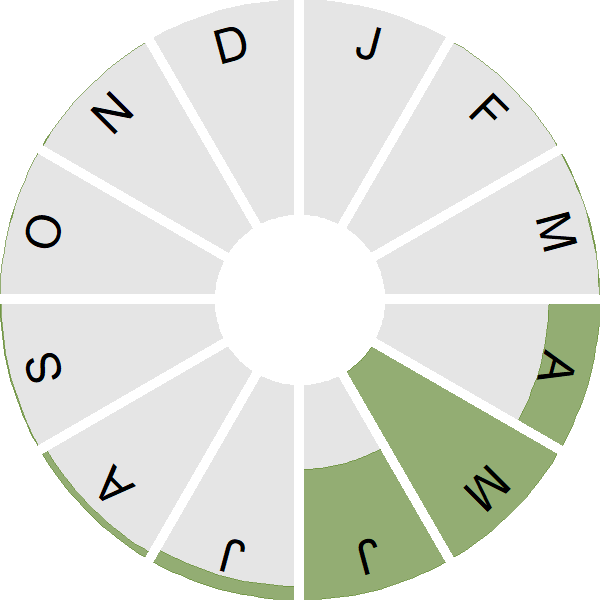Cuckoo
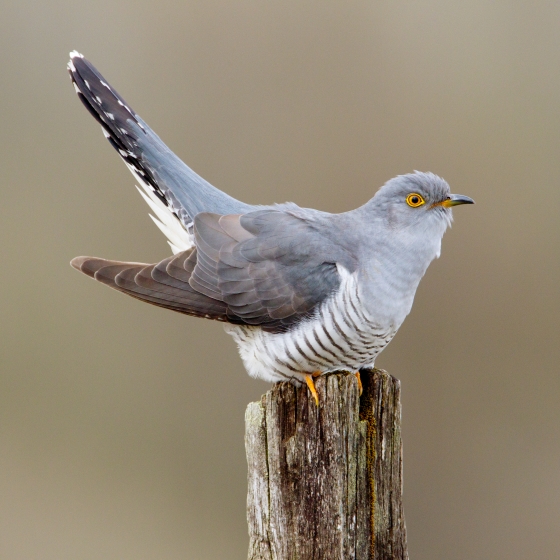
Introduction
Cuckoo is a summer visitor to our shores, the males arriving in late April and leaving again as early as the first week of June.
Cuckoo numbers are declining in Britain, albeit with much regional variation, and the bird's familiar two-note call has been lost form many of its former haunts. It is the populations in the southern half of Britain that have undergone the greatest decline, something that has been linked to the different routes used by migrating Cuckoos as they travel to and from their African wintering grounds.
Since 2011, BTO researchers have been fitting tracking devices to Cuckoos breeding in Britain and elsewhere as part of theCuckoo Tracking Project. This important research revealed the migration routes and wintering areas of British Cuckoos for the first time. While some birds migrate south-east via Italy, others take a western route.Interestingly, all of the birds winter in the same part of centralAfrica, and all of them return via the western route in spring. If you would like to support this ground-breaking research, please considersponsoring a Cuckoo.
- Our Trends Explorer gives you the latest insight into how this species' population is changing.

Key Stats
Identification
ID Videos
This section features BTO training videos headlining this species, or featuring it as a potential confusion species.
Cuckoo
Songs and Calls
Song:
Song:
Status and Trends
Conservation Status
Population Change
The CBC/BBS trend shows Cuckoo abundance to have been in decline since the early 1980s. The species was moved in 2002 from the green to the amber list, and in the 2009 review met red-list criteria. The sensitivity of CBC to change in this species may have been relatively low, mainly because Cuckoo territories were typically larger than census plots (Marchant et al. 1990). BBS shows a continuing strong decline in England, but not in Scotland, where a moderate increase has occurred. In Wales, the species declined in the first 15 years of BBS but have been stable over the most recent ten year period. The BBS map of change in relative density between 1994-96 and 2007-09 indicates that decrease has been most severe in Northern Ireland and southeastern England and that increase has occurred in northwestern Scotland. Cuckoos increased significantly during 1994-2006 in lowland semi-natural grass, heath and bog but decreased in almost all other habitat types (Newson et al. 2009). Results from analyses of data from two citizen science schemes, including BirdTrack, suggest regional differences in the UK may date back much earlier, with tentative comparisons made with data from 100 years ago (Sparks et al. 2017). There has been a decline across Europe since 1980 (PECBMS: PECBMS 2020a).
Distribution
Breeding Cuckoos are found in over three-quarters of 10-km squares, in a range of habitat types, although they reach highest densities in upland and marginal habitats. Dartmoor, Exmoor and the New Forest in England, and the Brecon Beacons in Wales, hold relatively high densities but abundance peaks in western and northern Scotland and in western Ireland.
Occupied 10-km squares in UK
or view it on Bird Atlas Mapstore.
European Distribution Map
Distribution Change
The Cuckoo's British & Irish range contracted by 10% between 1968–72 and 1988–91.
Change in occupied 10-km squares in the UK
or view it on Bird Atlas Mapstore.
Seasonality
Cuckoos are summer visitors, arriving from mid-April with adults rapidly disappearing in June after egg laying, followed by a long tail of rarely-reported juveniles into early autumn.
Weekly pattern of occurrence
The graph shows when the species is present in the UK, with taller bars indicating a higher likelihood of encountering the species in appropriate regions and habitats.

Habitats
Breeding season habitats
Relative frequency by habitat
The graph shows the habitats occupied in the breeding season, with the most utilised habitats shown at the top. Bars of similar size indicate the species is equally likely to be recorded in those habitats.
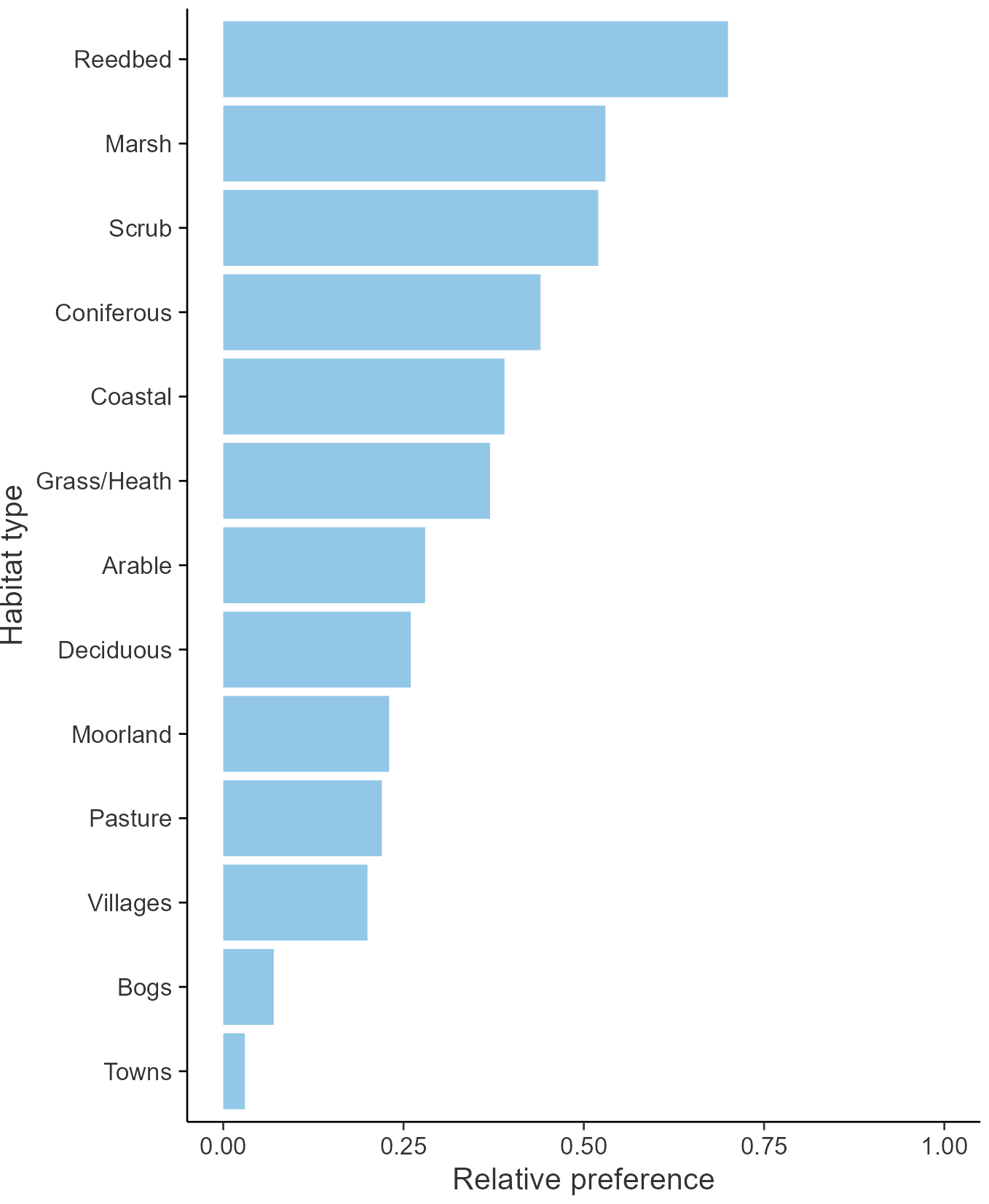
Movement
Britain & Ireland movement
Foreign locations of birds ringed or recovered in Britain & Ireland
Dots show the foreign destinations of birds ringed in Britain & Ireland, and the origins of birds ringed overseas that were subsequently recaptured, resighted or found dead in Britain & Ireland. Dot colours indicate the time of year that the species was present at the location.
- Winter (Nov-Feb)
- Spring (Mar-Apr)
- Summer (May-Jul)
- Autumn (Aug-Oct)

European movements
EuroBirdPortal uses birdwatcher's records, such as those logged in BirdTrack to map the flows of birds as they arrive and depart Europe. See maps for this species here.
The Eurasian-African Migration Atlas shows movements of individual birds ringed or recovered in Europe. See maps for this species here.
Biology
Productivity and Nesting
Nesting timing
Egg measurements
Clutch Size
Survival and Longevity
Survival is shown as the proportion of birds surviving from one year to the next and is derived from bird ringing data. It can also be used to estimate how long birds typically live.
View number ringed each year in the Online Ringing Report.
lifespan
Biometrics
Wing length and body weights are from live birds (source).
Wing length
Body weight
Ring Size
Classification, names and codes
Classification and Codes
- Order: Cuculiformes
- Family: Cuculidae
- Scientific name: Cuculus canorus
- Authority: Linnaeus, 1758
- BTO 2-letter code: CK
- BTO 5-letter code: CUCKO
- Euring code number: 7240
Alternate species names
- Catalan: cucut comú
- Czech: kukacka obecná
- Danish: Gøg
- Dutch: Koekoek
- Estonian: kägu
- Finnish: käki
- French: Coucou gris
- Gaelic: Cuthag
- German: Kuckuck
- Hungarian: kakukk
- Icelandic: Gaukur
- Irish: Cuach
- Italian: Cuculo
- Latvian: dzeguze
- Lithuanian: paprastoji gegute
- Norwegian: Gjøk
- Polish: kukulka (zwyczajna)
- Portuguese: cuco
- Slovak: kukucka obycajná
- Slovenian: kukavica
- Spanish: Cuco común
- Swedish: gök
- Welsh: Cog
Research
Causes of Change and Solutions
Causes of change
Recent tracking work suggests that reduced survival on migration could be a primary driver of population decline in Cuckoos. However, this may not be the only driver and a number of other hypotheses have been proposed.
Further information on causes of change
Recent tracking work from nine tagging locations across the UK has identified that Cuckoos nesting in the UK use two distinct routes to reach the same wintering grounds, and identified a strong correlation between population trends in each area and the proportion of Cuckoos following each migration route. This suggests that recent problems on the western migration route through Spain may have contributed to the population decline (Hewson et al. 2016).
Decreased food supplies on the breeding grounds has also been suggested as a possible cause (Glue 2006, Denerley 2014), following the rapid declines of many British moth species (Conrad et al. 2006), important prey items in Cuckoo diet. Denerley et al. (2018) found that Cuckoo presence in Devon was related to that of macro-moth prey species, and suggested that the trends in prey species could explain the differing UK trends and also an increasing association with semi-natural sites such as heathland and wetland rather than lowland farm habitats. Based on both molecular DNA sequencing of faeces and the study of recent photos from crowd sourcing, Mills et al. (2020) concluded that Cuckoo diet was largely similar to that previously documented prior to the decline; they also surmise that this could explain the regional patterns of decline.
Given that the Cuckoo is a migrant, and the fact that many long-distance migrants have been found to be declining (Sanderson et al. 2006, Hewson & Noble 2009), factors operating on wintering grounds have also been suggested as a possible primary driver of Cuckoo declines (Glue 2006, Payevsky 2006, Newson et al. 2009). However, as trends differ across the UK, the fact that the tracking work ( Hewson et al. 2016) found that all Cuckoos used the same wintering grounds suggests that over-winter factors can be discounted.
Cuckoo abundance may be related to their breeding success, which might in turn be determined by the abundance of breeding success of host species. Evidence from BBS data show strong variation in Cuckoo population trends between habitats, which may reflect regional differences in the main hosts and differing trends in Cuckoo breeding success among those host species (Newson et al. 2009). Douglas et al. (2010b) found a strong positive correlation between change in Cuckoo numbers and numbers of Meadow Pipit in the previous year, also based on BBS data, but this only accounted for 1% of the decline in Cuckoo populations so this is unlikely to be a primary driver. A study from the 1980s using Nest Record Scheme data also found changes in usage of some key host species (Brooke & Davies 1987) but the authors also thought that this was unlikely to be the main cause of population decline. There has perhaps been a disproportionate emphasis on the role of brood parasitism aspects in Cuckoo decline.
Another hypothesis for the decline of Cuckoos relates to phenological mismatch in the timing of host and Cuckoo breeding. There is evidence relating to climate-induced changes in phenology. The extent to which this may be driving population declines is unclear, although modelling suggests that climate change may have had a negative impact on the long-term trend for this species (Pearce-Higgins & Crick 2019). Newson et al. (2016) found that Cuckoo had not changed its arrival date between the 1960s and the 2000s (the date advance slightly by c.3 days but this change was not significant). Douglas et al. (2010b) used BBS data and found that in recent decades, earlier breeding Dunnock nests have become less available to Cuckoos, whilst those of Reed Warblers more so. However, they suggested that changes in host phenology are likely to have had only a minimal impact on Cuckoo population trend (Douglas et al. 2010b). In Europe, other recent studies have suggested that climate change might disrupt the association between the life cycles of the Cuckoo and its short-distance migrant hosts and they state that this mismatch may contribute to the decline in Cuckoo (Saino et al. 2009, Moller et al. 2011). Thus, evidence at European scale at least is equivocal.
Information about conservation actions
The research suggests that reduced survival on the western migration route through Spain may be the primary driver of the population decline of the Cuckoo in the south and east of the UK (Hewson et al. 2016), and therefore conservation action outside the UK may be required to reverse the declines. However, there is also evidence suggesting that declines in prey species, in particular larger moths, may also have contributed to the declines (Denerley et al. 2018), and therefore actions to improve habitat to benefit invertebrates may also benefit this species. At a local level, these may include habitat actions such as the provision of beetle banks, set-aside, planting buffer strips around arable fields and restoring or creating semi-natural grassland.
However, Cuckoo territories are comparatively large and, if prey availability is contributing to the declines, it is likely that these will only be reversed if policies ensure that habitat management occurs over a correspondingly large scale through a landscape scale approach.
Publications (7)
The benefits of protected areas for bird population trends may depend on their condition
Author: Brighton, C.H., Massimino, D., Boersch-Supan, P., Barnes, A.E., Martay, B., Bowler, D.E., Hoskins, H.M.J. & Pearce-Higgins, J.W.
Published: 2024
BTO-led research highlights the importance of the quality of protected areas in their effectiveness.
28.03.24
Papers
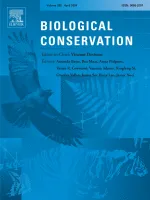
Recurrence, fidelity and proximity to previously visited sites throughout the annual cycle in a trans-Saharan migrant, the Common Cuckoo
Author: Bonaldi, C., Vardanis, Y., Willemoes, M., Hewson, C.M., Atkinson, P.W., Nilsson, J-Å., Klaassen, R.H.G., Strandberg, R., Tøttrup, A.P., Howey, P.W., Alerstam, T. & Thorup, K.
Published: 2024
Satellite-tracked male Cuckoos show higher fidelity to sites used during the breeding season than to sites used at other times of the year.
20.03.24
Papers
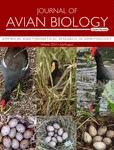
Spring arrival of the Common Cuckoo at breeding grounds is strongly determined by environmental conditions in tropical Africa
Author: Davies, J.G., Kirkland, M., Miller, M.G.R., Pearce-Higgins, J.W., Atkinson, P.W. & Hewson, C.M.
Published: 2023
The average spring arrival dates of many summer migrants have advanced over recent decades, but the Cuckoo is one of several species in which this has not happened. The long-term decline in UK Cuckoo populations, together with the link between a changing climate and changing spring arrival dates more generally, raises the question as to why there has been such a limited shift in Cuckoo arrival times. This study sets out to address this question.
21.06.23
Papers
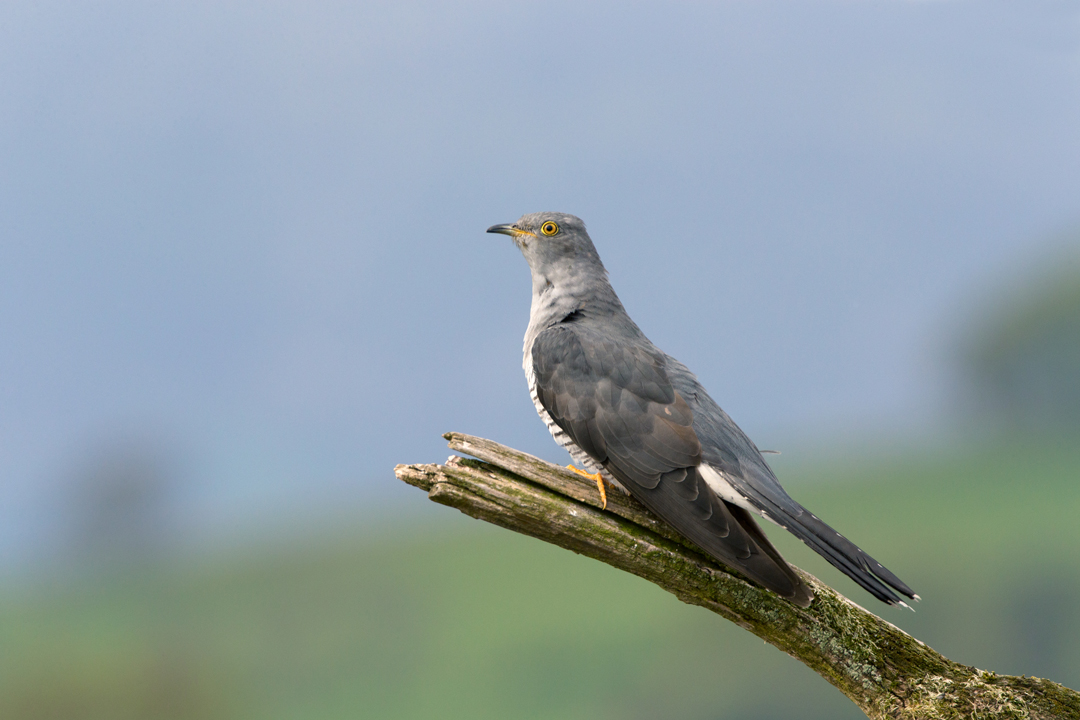
Breeding ground correlates of the distribution and decline of the Common Cuckoo Cuculus canorus at two spatial scales
Author: Denerley, C., Redpath, S.M., van der Wal, R., Newson, S.E., Chapman, J.W. & Wilson, J.D.
Published: 2018
Although we have lost over three-quarters of the UK Cuckoo population, we are unsure of the causes of this decline. Alongside this, the strong divide in northern and southern populations of Cuckoo and their local trends are cause to question why the local differences arise.
12.06.18
Papers
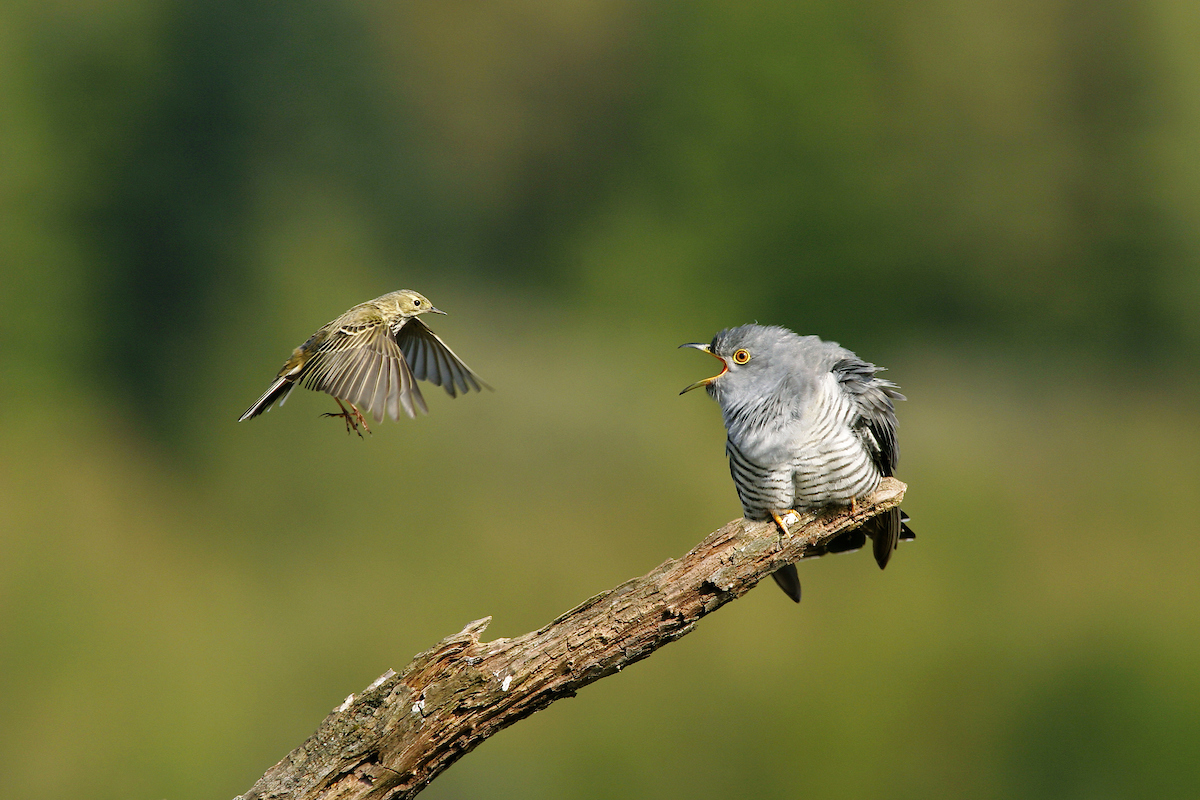
Characteristics determining host suitability for a generalist parasite.
Author: Stokke B.G., Ratikainen I.I., Moksnes A., Schulze-Hagen K., Leech D.I., Møller A.P., Fossøy F.
Published: 2018
Cuckoos have been documented using a range of host species but most of their eggs are laid in the nests of just a small number of species. Why do they select these species and to what extent might other species be suitable hosts, as yet unused to any great degree?
19.04.18
Papers
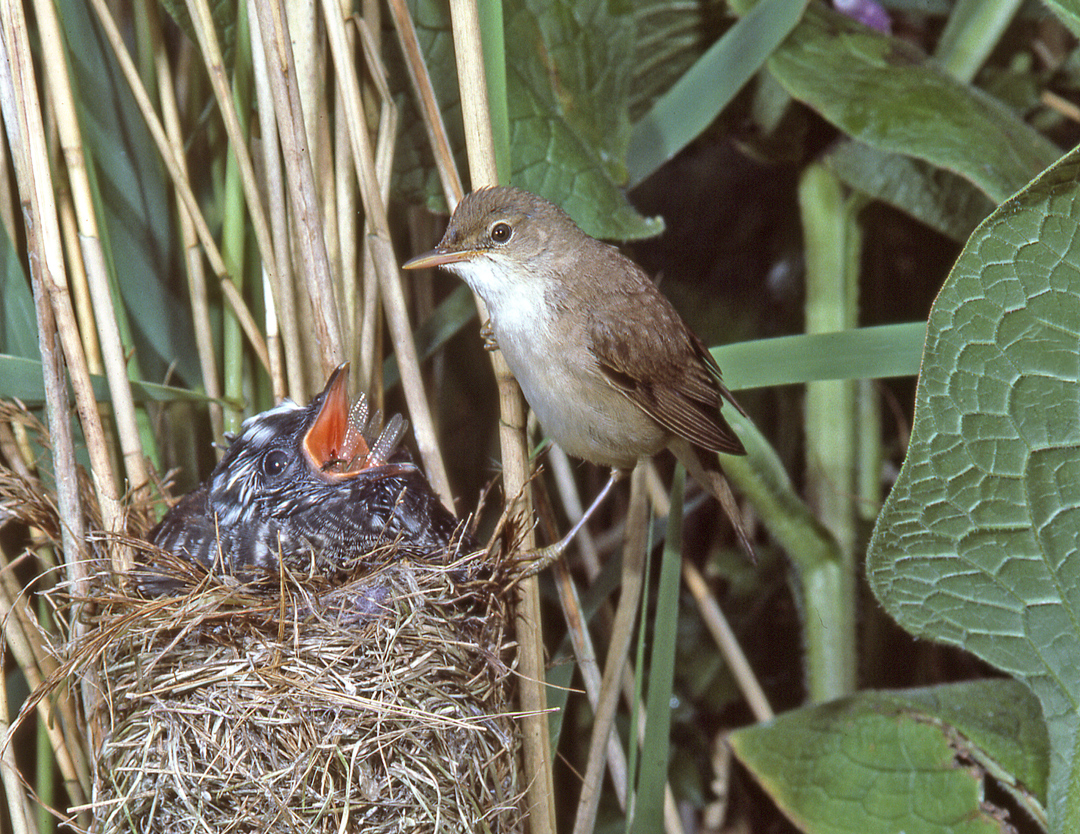
Flight Lines: Tracking the wonders of bird migration
Author: Mike Toms
Published: 2017
This stunning new book brings together the latest research findings, delivered through an accessible and engaging narrative by the BTO's Mike Toms, with the wonderful artwork generated through the BTO/SWLA Flight Lines project. If you have an interest in our summer migrants, then you'll welcome this fantastic opportunity to discover their stories through art and the written word.
21.08.17
Books and guides
Population decline is linked to migration route in the Common Cuckoo, a long-distance nocturnally-migrating bird
Author: Hewson, C.M., Thorup, K., Pearce-Higgins, J.W. & Atkinson, P.W.
Published: 2016
When the BTO began ground-breaking Cuckoo tracking project in 2011, we had very little idea where these birds spent the winter or how they got there. Our latest research not only reveals this information, but also shows that Cuckoos’ use of autumn migration routes helps explain population declines.
19.07.16
Papers


